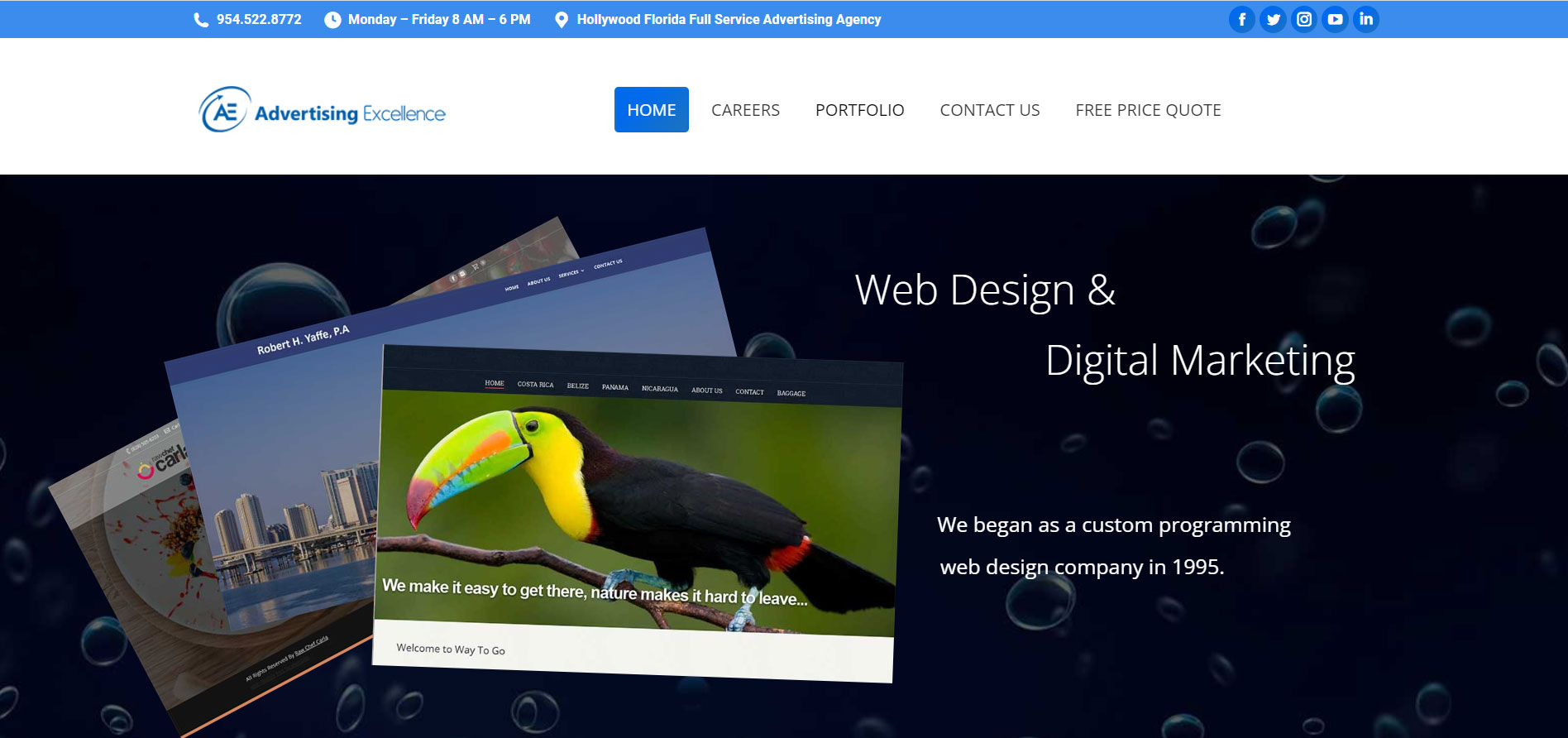What (Really) Goes Into Website Design That Works
A good website can fulfill its function of conveying a particular message. It can also captivate the visitors’ attention simultaneously. A well-designed website can make visitors perceive you as a trustworthy brand. Several factors become necessary to characterize a good web design. Some crucial factors that need to be considered while building an effective website are as follows:
1. Clean Design
The first thing to remember during website development is to create a clean but appealing design. A well-designed website is attractive and easy to access with intuitive navigation. A clean website won’t distract visitors with huge chunks of text and graphics.
Customers form an impression about the quality of your products and services right after visiting your website. A clumsy website will build a negative perception of your brand in the visitor’s mind. A clean website design plays a huge role in offering a positive experience to customers and making them revisit.
2. Color Scheme
The color scheme of your website is more important than you think. Different colors have the potential to evoke different emotional responses. Consider your company’s niche and target audience while determining the color scheme of your website.
You need to determine whether you want customers to associate your brand with a bright color or a calming hue. You can keep the color scheme of your website the same as your business logo design. If you use an online site like Designmantic, you can easily get the color code from the software. But always remember to check whether a universal color scheme will be pleasing or overwhelming for your customers.
3. SEO-Friendliness
Every website designer needs to prioritize making their website SEO friendly. Conducting proper research to add keywords related to your niche must succeed for your website. When search engines show your website on top of search results, internet users begin trusting you more.
Besides increased visibility, SEO can also improve your overall return on investment. You should stay alert about search engine algorithms to optimize your website accordingly. You can build an SEO-friendly website through numerous tactics like adding backlinks and using shorter texts.
4. Mobile Friendliness
More than four billion people browse the internet through their mobile phones. Around 95% of mobile users rely on their phones to look for local products and services. Businesses must build websites accessible from any device to reach the growing population of mobile internet users.
A large company with an existing online presence can create a separate, mobile-friendly website. But if you are planning to launch a website now, choosing a responsive website design is better. It will ensure that your website adapts well to all devices.
5. Usability
Customers prefer websites that are easy to use. You can improve the usability of the website by displaying information about your products and services clearly and concisely. Your website should include everything that will make it easier for customers to access.
For instance, visitors love reading your blogs and want to subscribe to an email newsletter. They should be able to do that from your website. Furthermore, adding your contact information is also crucial to make your visitors connect with you easily.
6. Short Loading Time
Internet users are not frustrated more by anything other than slow-loading websites. Your visitors will leave and never come back to your website if it takes too much time to load. You should test your website to avoid loading time issues and fix them before launching the website for the public.
Even after launching it, keep evaluating the loading time of your website from time to time. It will help you offer a positive customer experience and retain them for the long run. Short loading times ensure customers get the information they want instantly. If your website fails to deliver it, they won’t think twice about visiting your competitor’s site.
7. Social Media Integration
There was a time when a website’s integration with social media was considered an additional feature. But with technological advancements on the rise, social media integration has become a necessity. If your website lacks social media integration, it will fail to leverage the power of modern-day word-of-mouth promotion.
Social media platforms have become convenient for promoting your brand, providing a review, and staying updated with the latest news surrounding your brand. Internet users should be able to share your brand’s written and visual content on social media platforms with the social sharing buttons.
Final Thoughts
Besides everything mentioned above, security is another key element of a good website. The evolution of technology has also led to the emergence of advanced security risks that can threaten your website’s integrity. Websites need to be able to prevent security threats from both the front end and back end, including malware, viruses, and hackers.
Adding SSL encryption to your website has become a necessity. You also need to conduct regular security audits to make your website a safe place for internet users.

